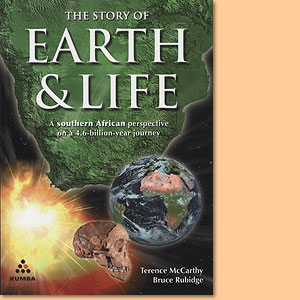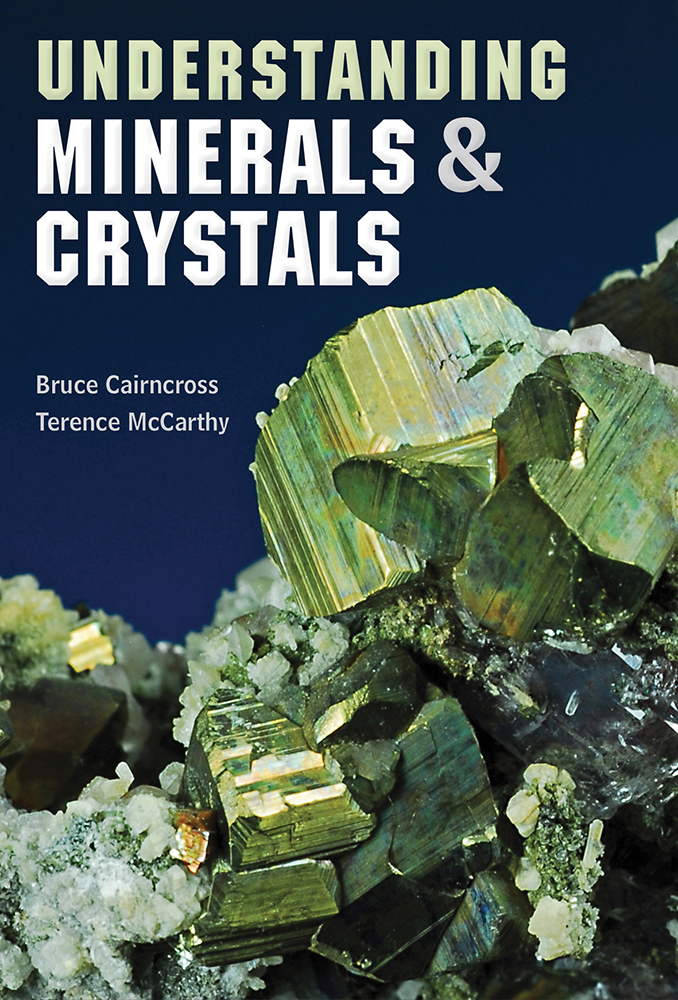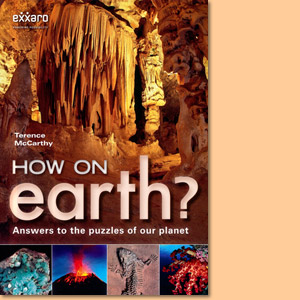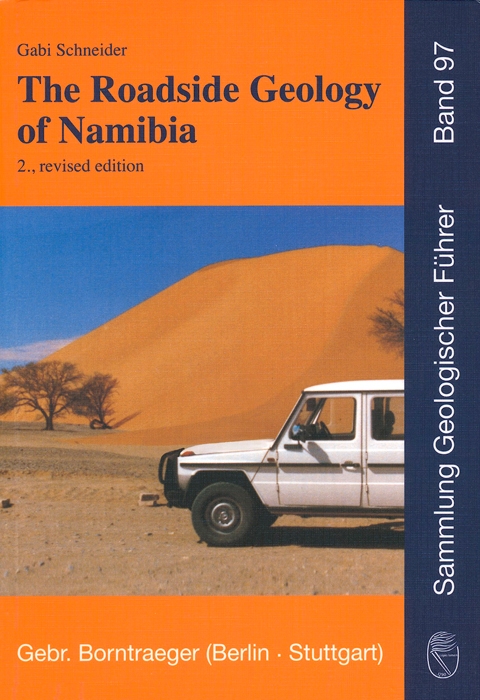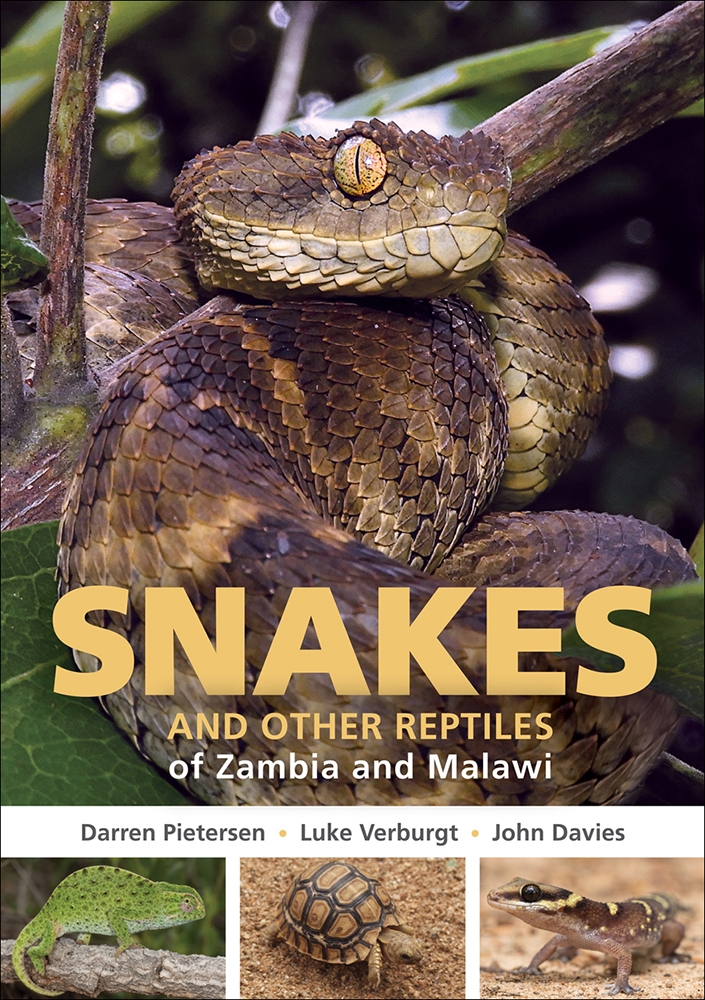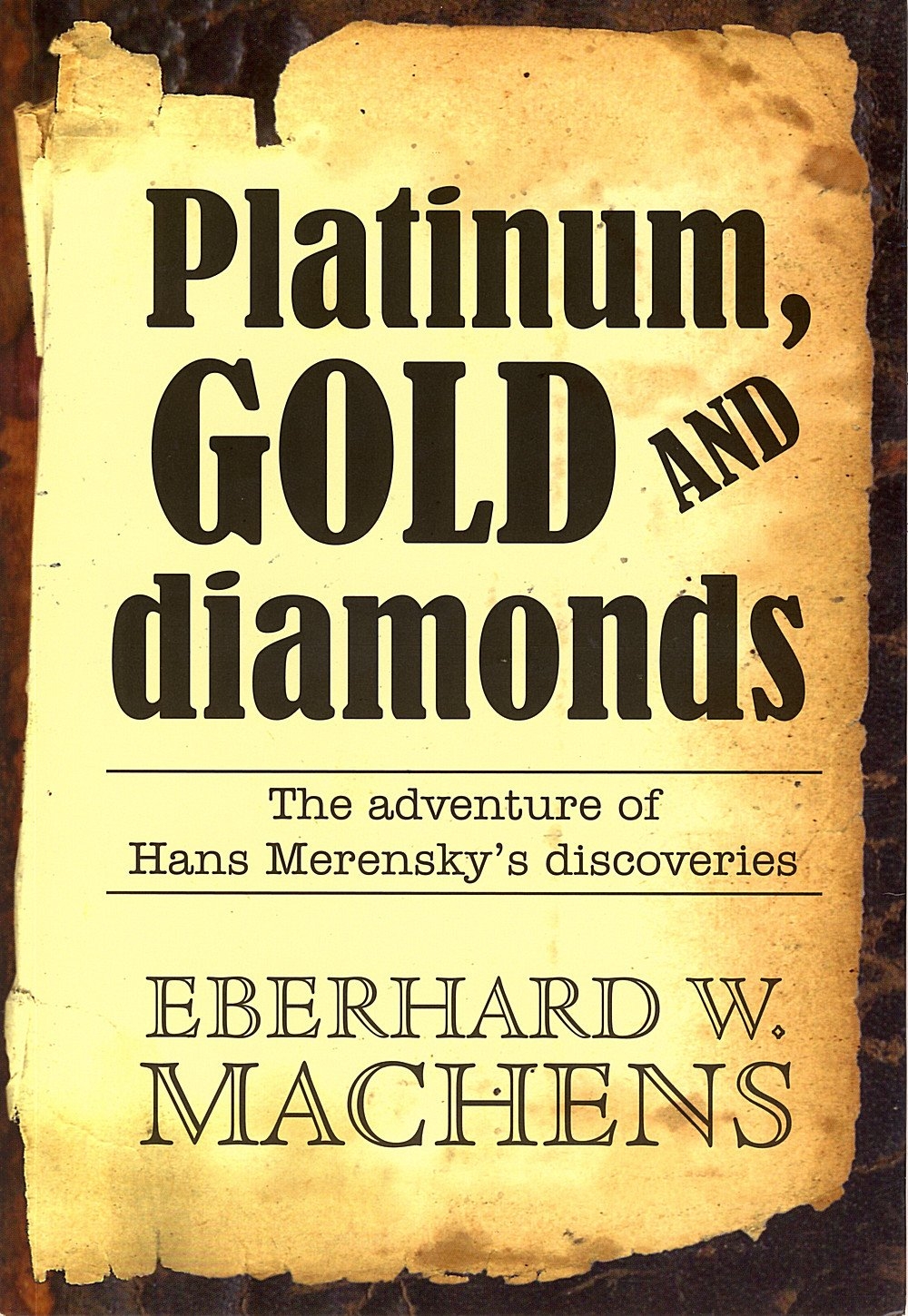The Story of Earth and Life. A southern African perspective on a 4.6-billion-year journey, by Terence McCarthy and Bruce Rubidge
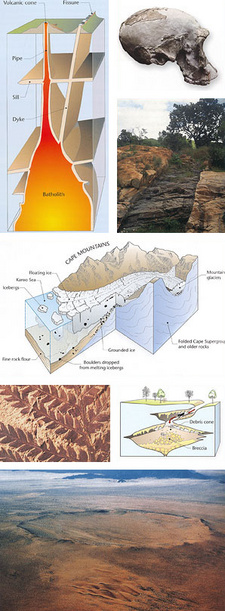
The Story of Earth and Life. A southern African perspective on a 4.6-billion-year journey, by Terence McCarthy and Bruce Rubidge.
David Bristow writes: This really is one peach of a book. And best of all The Story of Earth and Life: A southern African perspective on a 4.6-billion-year journey and it's authors Terence McCarthy and Bruce Rubidge, put a vast treasure house of scientific knowledge into one volume in a fascinating and easy-to-understand way. Photographs and illustrations of the highest order abound. I cannot praise it highly enough. In fact, if I could take only one book to my desert-disc island, it just might be this one.
In Kimberlites and Diamonds, Terence McCarthy and Bruce Rubidge tell: The first diamond was discovered in South Africa in 1866 near Hopetown in gravel deposits related to the Orange River. Other discoveries followed along the Orange, the Harts and especially the Vaal Rivers, particularly near Barkly West. At that time, the source of the diamonds was unknown.
In 1870, diamonds were discovered at Koffiefontein, remote from any river, suggesting a new type of deposit. Discoveries of similar material were made at Jagersfontein and in the Kimberley area that same year. In 1871, Colesberg Koppie, now the Big Hole at Kimberley, was also found to be of diamondiferous rock. Production from the mines in these areas rapidly made southern Africa the leading diamond-producing region in the world. These new deposits turned out to be volcanic pipes, the carrot-shaped feeders to old volcanoes, and contained a very unusual type of igneous rock rich in magnesium and alkalis. It was given the name kimberlite by HC Lewis in 1887. These were the ultimate source of diamonds, and it was the erosion of these pipes that gave rise to the diamond deposits along the rivers in the interior as well as the deposits along the west coast. Not all the kimberlite pipes have been eroded; some still retain the remains of the actual volcanic crater, such as the Orapa kimberlite pipe in Botswana.
A schematic illustration of a typical kimberlite pipe (opposite) also illustrates the extent of erosion of various southern African kimberlite pipes. At depth, the pipes take on the form of a fissure or dyke. Diamonds are composed totally of carbon, chemically the same as graphite, which is used to make pencil lead. When carbon is subjected to very high pressure it forms diamond. Diamonds can be manufactured synthetically, and the temperature and pressure needed to do this have been determined (below). Diamonds form only at extreme pressure, but they exist at atmospheric pressure. We use them in jewellery and for cutting hard materials. Although they are unstable at atmospheric pressure, they will not change spontaneously to graphite - they need energy to make the change. Heat a diamond, and it will change to graphite.
Also plotted on the diagram is the temperature gradient within the Earth below southern Africa where kimberlite pipes occur (rock temperature rises with depth in the Earth). Diamonds originate from depths below the point where the temperature gradient line crosses the stability line of diamond - below a depth of about 150 km. Not all kimberlites contain diamonds; it has been observed that only those located on ancient continental nuclei or cratons do so. This is believed to be because the mantle lithosphere beneath these areas is cooler, promoting diamond stability.
Studies of carbon isotope abundances in diamonds indicate that there are two sources of carbon that form diamonds: primordial carbon, part of the original mantle of the Earth; and carbon that has had its isotopic abundances changed by photosynthesis - that is, carbon in the form of organic matter that has been recycled from the Earth's surface down into the mantle by sub-ducted oceanic crust. The famous De Beers slogan 'A diamond is forever' is perhaps more accurate than the company ever realised. Diamonds themselves cannot be dated, but certain types of mineral inclusions occasionally found in diamonds can, and the inclusion age is assumed to be the age of the diamond itself. A wide variety of diamond ages have been measured, many of which exceed 3000 million years, more than two-thirds the age of the Earth, so have survived almost forever. [...]
This is an extract from the book: The Story of Earth and Life. A southern African perspective on a 4.6-billion-year journey, by Terence McCarthy and Bruce Rubidge.
Book title: The Story of Earth and Life
Subtitle: A southern African perspective on a 4.6-billion-year journey
Editors: Terence McCarthy; Bruce Rubidge
Struik Publishers
Cape Town, South Africa 2005
ISBN 9781770071483
Softcover, 17x24 cm, 336 pages, throughout photos and illustrations
McCarthy, Terence und Rubidge, Bruce im Namibiana-Buchangebot
The Story of Earth and Life. A southern African perspective on a 4.6-billion-year journey
The Story of Earth and Life explaines southern African scientific knowledge in a fascinating and easy-to-understand way.
Africa's Top Geological Sites
Africa's Top Geological Sites uncovers 44 African landscapes and phenomena, with countless colour photographs, explanatory diagrams and maps.
Understanding minerals and crystals
Minerals & Crystals takes a close look at minerals, how they form, why they differ and how to go about identifying them.
How on Earth?
How on Earth? sets out to answer puzzles in nature and the environment of Africa and the world.
Weitere Buchempfehlungen
The Roadside Geology of Namibia
In its 2nd revised edition this guide provides an interesting and general introduction into the roadside geology of Namibia.
Snakes and other Reptiles of Zambia and Malawi
Snakes and other Reptiles of Zambia and Malawi is a comprehensive field guide, the first of its kind for the region.
Naturally nourishing Namibia
Cookbook Naturally nourishing Namibia contains 50 recipes, based on fruit, vegetables, fish, mopane worms, chicken, legumes, whole grain, plus 10 healthy drinks.
Platinum, Gold and Diamonds. The story of Hans Merensky’s discovery
This biography of Hans Merensky’s tells far more about this successful geologist than about his successful mining of platinum, gold and diamonds only.

